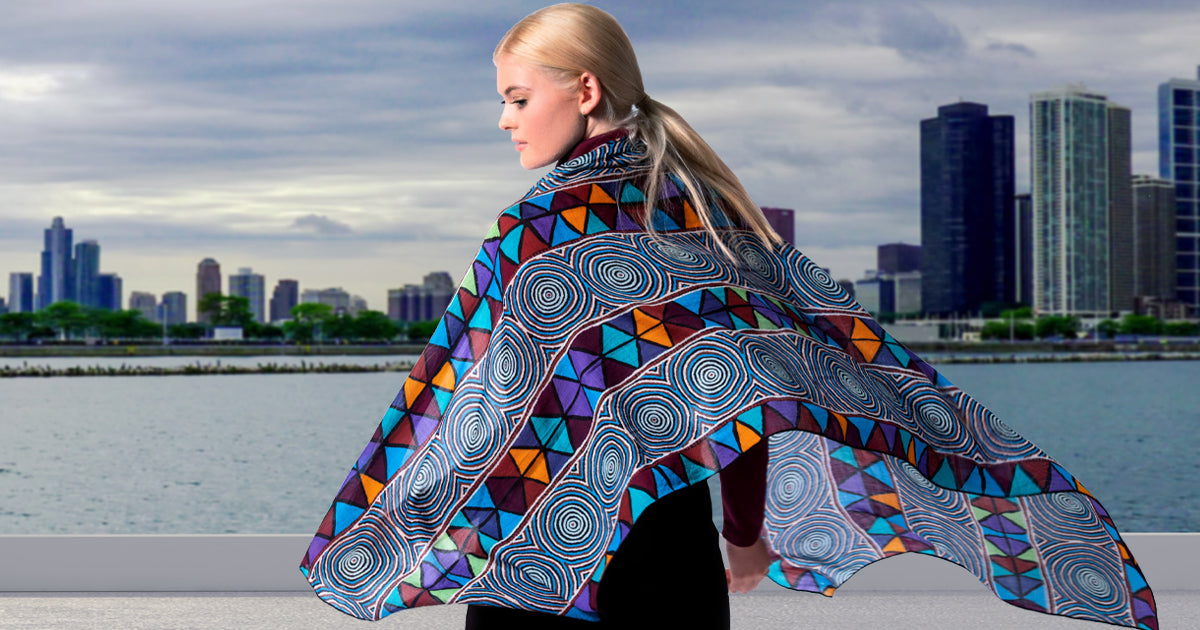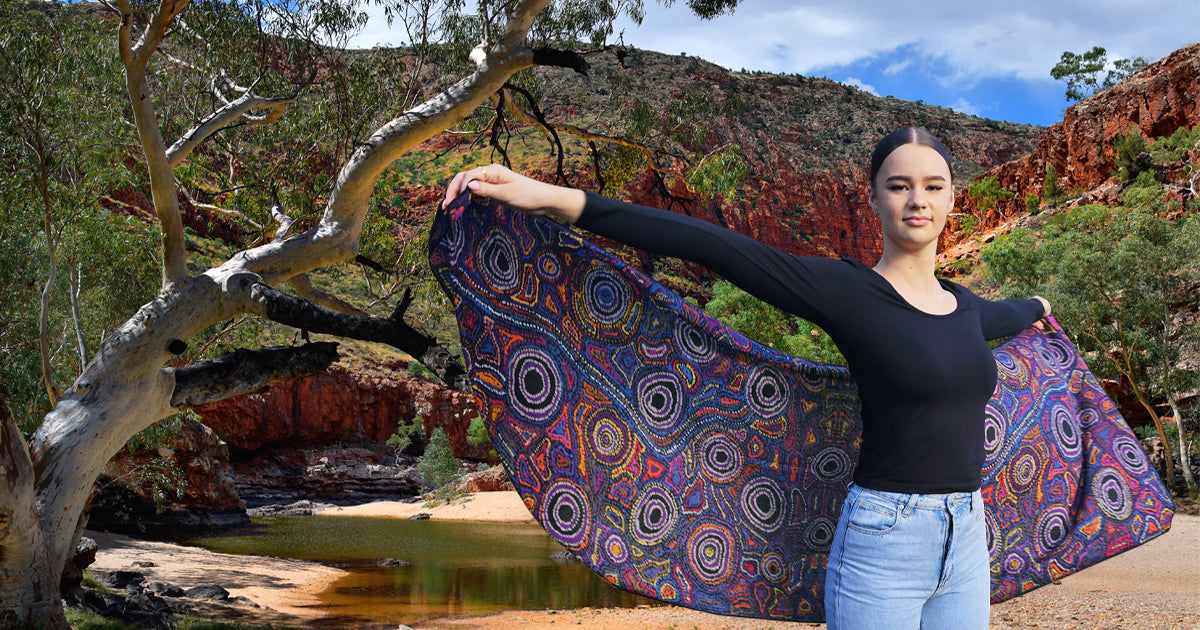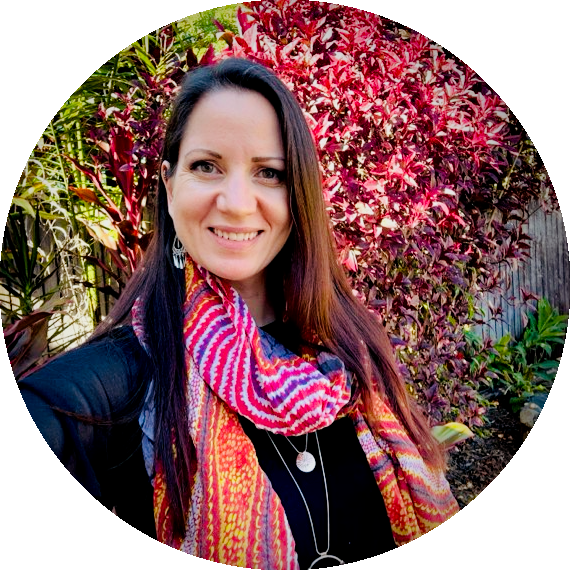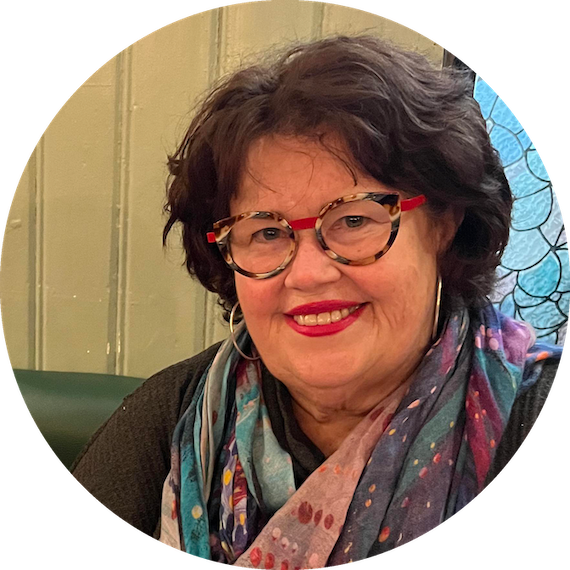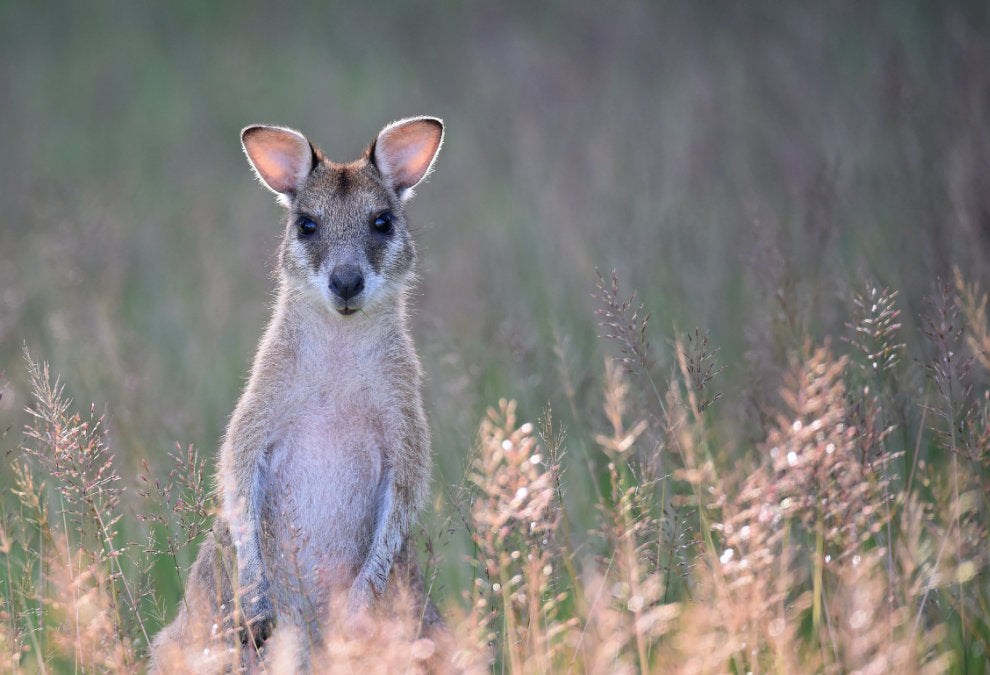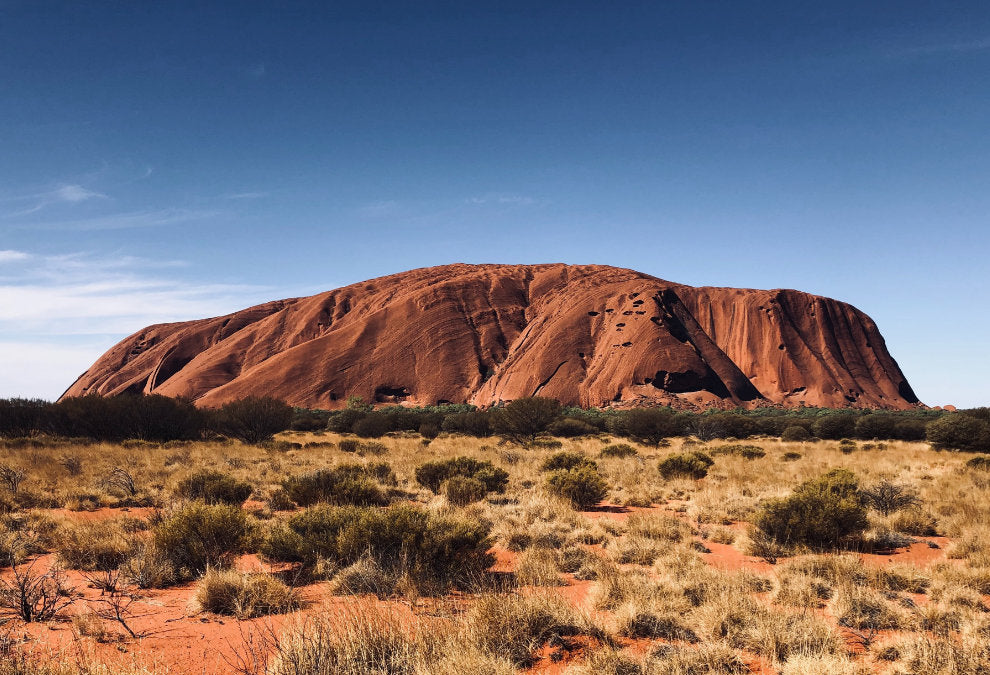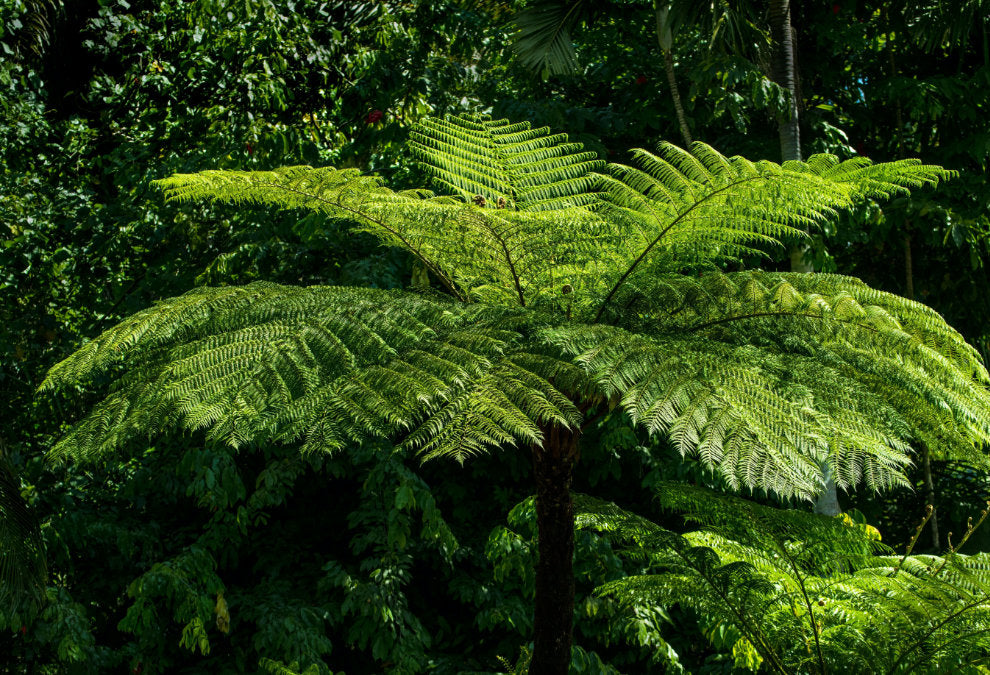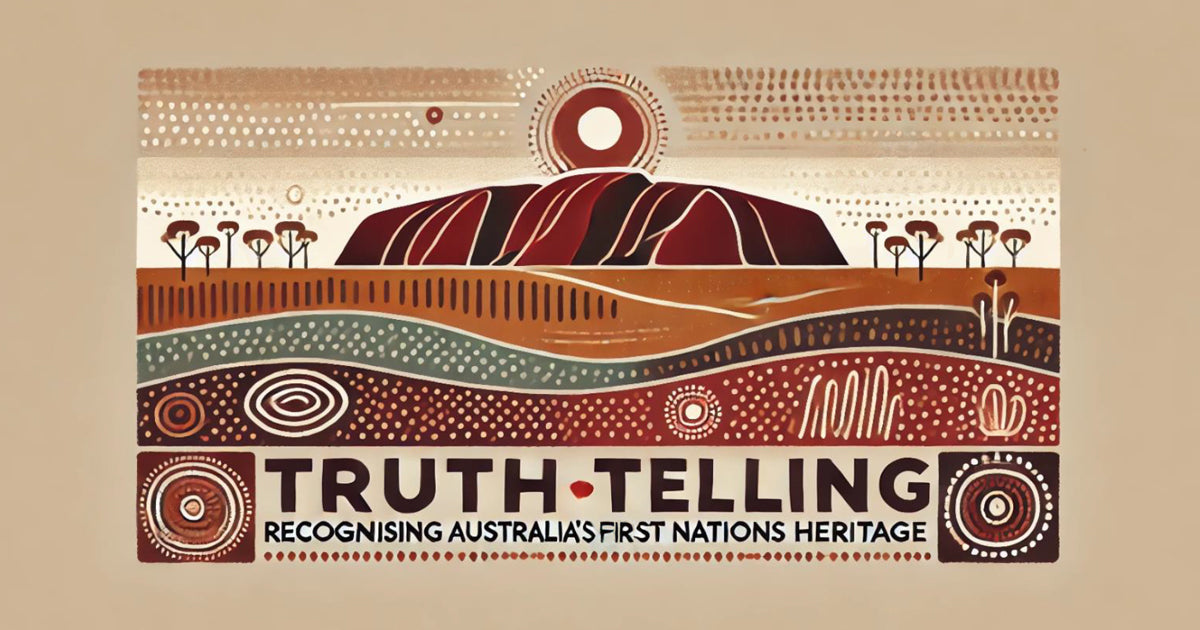
Budj Bim: A Living Legacy of Innovation, Resilience and Cultural Heritage
Nestled in the volcanic plains of south-western Victoria, the Budj Bim Cultural Landscape is one of the most remarkable places in the world. Not only is it a site of breathtaking natural beauty, but it is also a testament to the ingenuity and enduring cultural traditions of the Gunditjmara people, a nation born out of the oldest continuous culture on Earth.
The extraordinary Budj Bim landscape is home to the remains of an ancient aquaculture system that pre-dates the Egyptian pyramids. Engineered by the Gunditjmara people over thousands of years, this intricate network of stone channels, weirs and dams, some up to 8,000 years old, was used to trap and harvest kooyang (short-finned eels), providing a sustainable food source and enabling a settled lifestyle unlike the often-assumed image of pre-colonial Aboriginal life as solely nomadic.
A Landscape Shaped by Fire and Water
The story of Budj Bim begins more than 30,000 years ago with the eruption of a now-dormant volcano known to Europeans as Mount Eccles. To the Gunditjmara people, this volcano is Budj Bim, an ancestral creator-being whose fiery emergence from the earth shaped the lands, waterways and life itself.
The lava flows from Budj Bim’s eruption dramatically altered the region’s topography, creating vast wetlands and a complex system of natural and artificial waterways. These became the foundation for an early form of aquaculture—one of the oldest and most sophisticated examples known to humanity.
Across this volcanic terrain, Gunditjmara clans built stone channels and pools that directed water from a main creek into low-lying areas, effectively creating eel farms that could sustain large, permanent communities.
Basalt rocks—abundant in the lava landscape—were also used to build hundreds of permanent stone dwellings, further evidence that the Gunditjmara were not solely hunter-gatherers, but they were also engineers, farmers and builders.
Recognition of a World Heritage Treasure
The Budj Bim Cultural Landscape was added to the National Heritage List in 2004 and was inscribed as a UNESCO World Heritage Site on 6 July 2019. The recognition marked a global acknowledgement of the cultural and historical significance of Gunditjmara engineering and the deep spiritual connection between people and Country that continues to this day.
The Cultural Landscape includes several protected areas, notably the Tyrendarra, Kurtonitj, and Lake Condah Indigenous Protected Areas, each with distinct cultural and environmental importance. These areas are co-managed by the Gunditj Mirring Traditional Owners Aboriginal Corporation, ensuring that Indigenous stewardship remains central to land care and conservation efforts.
One of the most significant sites is Lake Condah—known in Gunditjmara language as Tae Rak—a shallow basin surrounded by wetlands rich in biodiversity. Tae Rak sits at the heart of the Gunditjmara eel farming system and holds deep cultural meaning for the Kerrup-Jmara clan who have lived along its shores for millennia.
 Lake Surprise in the Budj Bim National Park
Lake Surprise in the Budj Bim National Park
Layers of History: From Aquaculture to Mission Life
The arrival of European settlers in the 1830s brought great disruption. Colonisation led to violent conflict, known as the Eumeralla Wars, in which many Gunditjmara people were killed or forcibly removed from the lands their ancestors had occupied peacefully for tens of thousands of years.
In 1867, those who resisted the invasion of their ancestral homelands were confined to the Lake Condah Mission, just a few kilometres from the lake itself.
Despite the hardships, Gunditjmara people continued to maintain their cultural identity and connection to Country. The Mission, constructed with local bluestone and home to up to 120 residents at its peak, closed in 1918. Its church was later dismantled, and the stones repurposed elsewhere, a sombre metaphor for the erasure of Aboriginal presence.
Yet, the Gunditjmara endured.
In 1987, the mission lands were returned to the Kerrup-Jmara Elders Aboriginal Corporation. Later, the land was transferred to the Gunditj Mirring Traditional Owners Aboriginal Corporation, which today leads efforts to protect, restore and share this extraordinary heritage.
Cultural Renewal and Environmental Revelation
In recent years, bushfires have ironically uncovered even more of Budj Bim’s ancient infrastructure. Burnt vegetation revealed new sections of eel traps hidden for centuries, offering fresh insights into the scale and complexity of this ancient engineering feat. These discoveries continue to reshape our understanding of Indigenous Australian history, reinforcing the significance of oral traditions that recall the eruption of Budj Bim, potentially among the oldest stories still told today.
Budj Bim is not just a place of archaeological marvel. It is a living, breathing cultural landscape where traditional knowledge, environmental stewardship and community resilience come together. It challenges long-held colonial narratives and offers a more accurate portrayal of Aboriginal innovation and connection to land.
Walking with Ancestors
For those who visit Budj Bim today, guided tours by Gunditjmara Traditional Owners offer the chance to walk in the footsteps of their Ancestors, view eel traps, see ancient stone houses and experience the deep spirituality embedded in the land.
Visitors can also see Lake Surprise shimmering in the Budj Bim National Park, and the crater of the volcano itself, a place where geology and mythology merge.
The story of Budj Bim is a story of ingenuity, dispossession, survival and ultimately, cultural renaissance. It is a reminder that Aboriginal people were—and continue to be—the rightful custodians of their environment, with knowledge systems that rival any in the ancient world.
At Mainie, we are proud to celebrate and share stories like Budj Bim that honour Aboriginal art and culture. We believe in empowering First Nations voices and preserving Australia’s unique Indigenous cultural heritage for generations to come.


